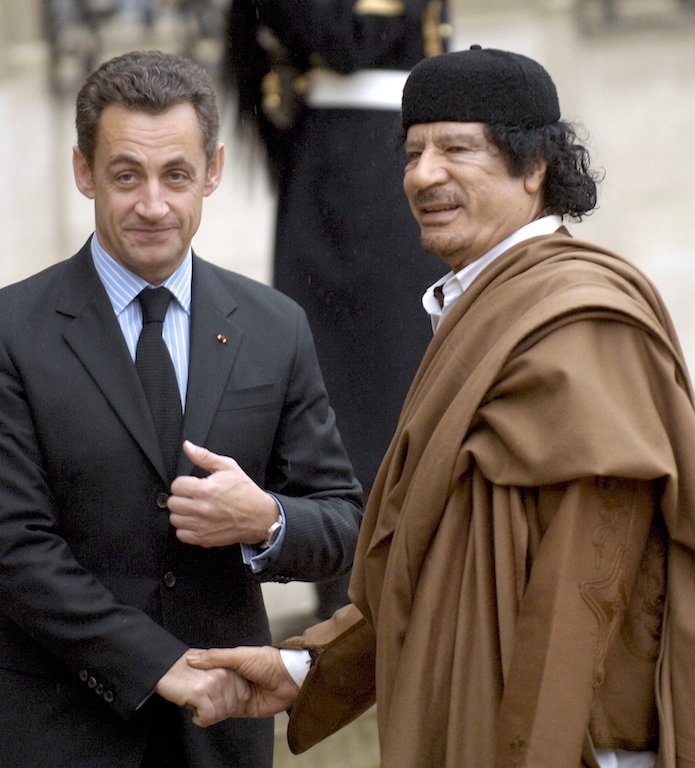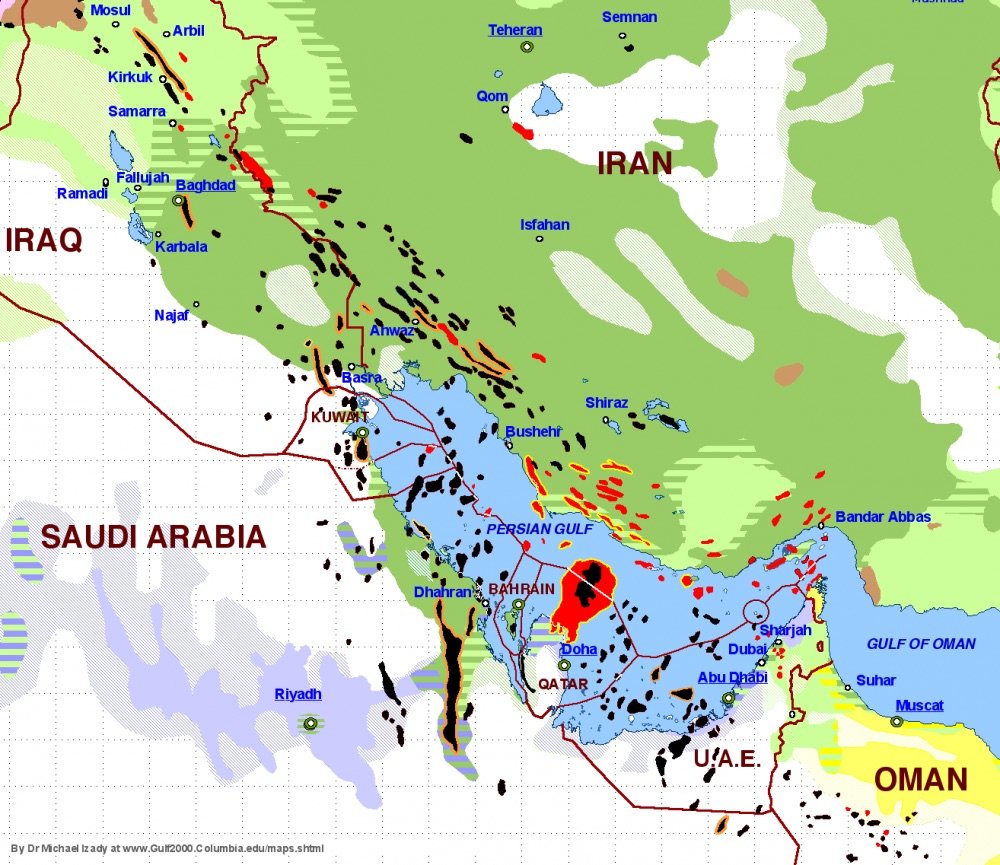En af dem bekræfter - en e-mail dateret den 2. april 2011 til Clinton fra hendes nære fortrolige Sidney Blumenthal - at:
Gaddafis regering har 143 tons guld og en tilsvarende mængde i sølv.Dette kan bekræfte, hvad nogle af os har sagt i årevis.
Dette guld blev akkumuleret før det nuværende oprør og var beregnet til at blive brugt til at etablere en panafrikansk valuta baseret på den libyske gyldne dinar. Denne plan var designet til at give de frankofone afrikanske lande et alternativ til den franske. franc (CFA).
(Kildekommentar [Dette er i den oprindelige afklassificerede e-mail, og er ikke en kommentar tilføjet af os]: Ifølge kyndige personer er denne mængde guld og sølv vurderet til mere end $7 milliarder. Franske efterretningsofficerer opdagede denne plan kort efter den nuværende oprør begyndte, og dette var en af de faktorer, der påvirkede præsident Nicolas Sarkozys beslutning om at forpligte Frankrig til angrebet på Libyen. Ifølge disse personer er Sarkozys planer drevet af følgende spørgsmål:
- Et ønske om at få en større del af Libyens olieproduktion,
- Øge fransk indflydelse i Nordafrika,
- Forbedre sin interne politiske situation i Frankrig,
- Giv det franske militær en mulighed for at bekræfte sin position i verden,
- Tag fat på hans rådgiveres bekymring over Gaddafis langsigtede planer om at erstatte Frankrig som den dominerende magt i frankofon Afrika)
Kommentar: Delvist oversat af Sott.net fra Clinton emails reveal oil and gold were primary reasons behind regime change in Libya
The REAL Reason Sunni Governments Like Saudi Arabia Are At War Against the Shias
While the Sunnis and Shias have been competing for more than a thousand years, they have largely co-existed peacefully until recently. Why are they involved in an open war across multiple countries now?
Much of modern geopolitics is driven by hydrocarbons ... i.e. oil and gas.
Is this true of the Sunnis-Shia war?
Yes, the U.S. and its allies are backing the Sunnis against the Shias ... in order to wage war for oil.
And it turns out that the lion's share of oil in the Middle East happens to be located in Shia countries ... and in the Shia-minority sections of Sunni-majority countries.
Specifically, as Jon Schwartz reports this week at the Intercept:
Much of the conflict can be explained by a fascinating map created by M.R. Izady, a cartographer and adjunct master professor at the U.S. Air Force Special Operations School/Joint Special Operations University in Florida.
What the map shows is that, due to a peculiar correlation of religious history and anaerobic decomposition of plankton, almost all the Persian Gulf's fossil fuels are located underneath Shiites. This is true even in Sunni Saudi Arabia, where the major oil fields are in the Eastern Province, which has a majority Shiite population.
As a result, one of the Saudi royal family's deepest fears is that one day Saudi Shiites will secede, with their oil, and ally with Shiite Iran.
This fear has only grown since the 2003 U.S. invasion of Iraq overturned Saddam Hussein's minority Sunni regime, and empowered the pro-Iranian Shiite majority. Nimr himself said in 2009 that Saudi Shiites would call for secession if the Saudi government didn't improve its treatment of them.
The map shows religious populations in the Middle East and proven developed oil and gas reserves. Click here to view the full map of the wider region. The dark green areas are predominantly Shiite; light green predominantly Sunni; and purple predominantly Wahhabi/Salafi, a branch of Sunnis. The black and red areas represent oil and gas deposits, respectively.
As Izady's map so strikingly demonstrates, essentially all of the Saudi oil wealth is located in a small sliver of its territory whose occupants are predominantly Shiite. (Nimr, for instance, lived in Awamiyya, in the heart of the Saudi oil region just northwest of Bahrain.) If this section of eastern Saudi Arabia were to break away, the Saudi royals would just be some broke 80-year-olds with nothing left but a lot of beard dye and Viagra prescriptions.So the Sunni Gulf monarchies in Saudi Arabia, Bahrain, Oman, the United Arab Emirates, Qatar and Kuwait are single-mindedly going after Iran and the Shia world - because the Shias are sitting on the oil and gas resources - and doing everything they can to start a Sunni-Shia war across the entire MENA area (Middle East and North Africa) in order to "justify" a resource grab.
Nimr's execution can be partly explained by the Saudis' desperation to stamp out any sign of independent thinking among the country's Shiites.
The same tension explains why Saudi Arabia helped Bahrain, an oil-rich, majority-Shiite country ruled by a Sunni monarchy, crush its version of the Arab Spring in 2011.
Similar calculations were behind George H.W. Bush's decision to stand by while Saddam Hussein used chemical weapons in 1991 to put down an insurrection by Iraqi Shiites at the end of the Gulf War. As New York Times columnist Thomas Friedman explained at the time, Saddam had "held Iraq together, much to the satisfaction of the American allies Turkey and Saudi Arabia."





Kommentar: "One of them confirms - an email dated April 2, 2011 to Clinton from her close confidante Sidney Blumenthal "
Here are screenshots: